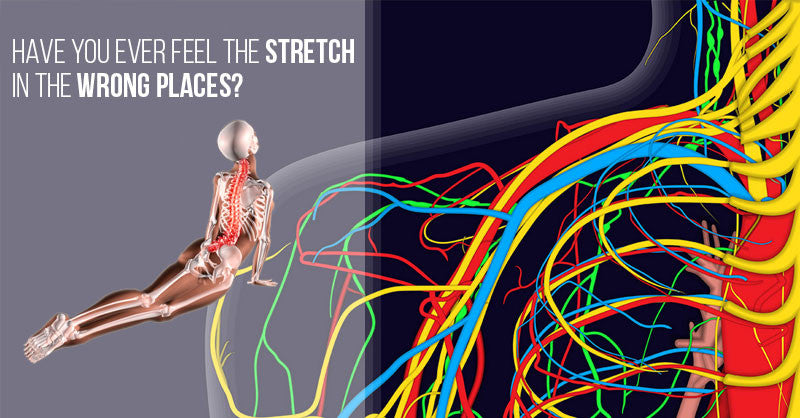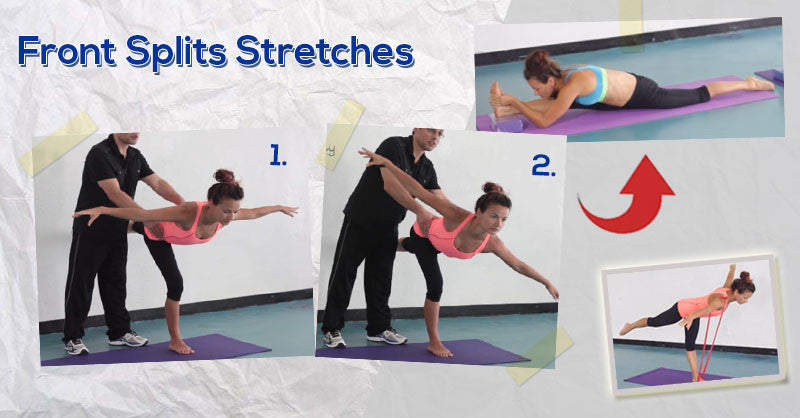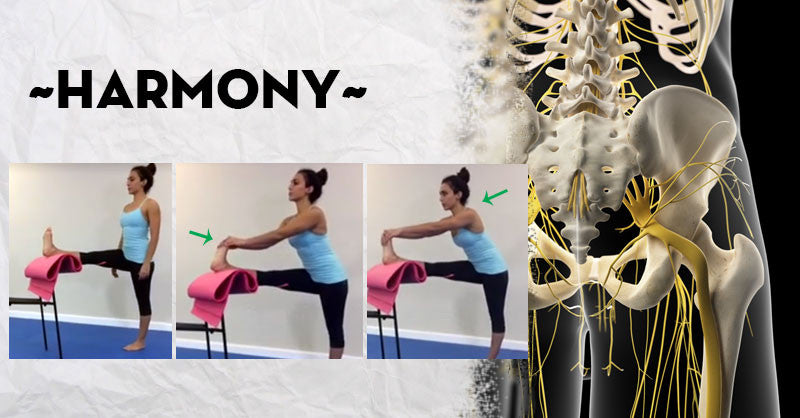Front Split Variations in the (Turned out or Open) Front Split
Posted by EasyFlexibility Team on
Open Front Split may not be as pretty as a Squared Front Split or a Side Split, but it sure gets work done.
Called by another name a Turned Out Front Split, is an important foundation for many disciplines such as Dance, Martial Arts, and Figure Skating. Various techniques in these and other sports and disciplines can benefit greatly from this Split.
However an Open Front Split is really two splits. One resembling more of a Side Split and the other more of a True (Squared) Front Split.
Can you Spot the difference?
- For example a dancer performing a penche actually finds herself in a something resembling a True Front Split, with a rear leg turned out.
- While a martial artist is in a Side Split with one leg turned in.

So what difference does this make? Well, in the two cases stated above different muscles are lengthened. Think about it. Having to turn a hip out vs having to turn the hip in. Further more, not only different muscles are lengthened, different muscles are contracted to move into and keep the position.
A dancer is lengthening the medial rotators (Adductors, Pectineus, TFL) and contracting the lateral rotators (Gluteus Maximus, Deep Six) . While a martial artist is lengthening lateral rotator of the hip (In the given position, Quadratus Femoris is under most stretch) and tensing medial rotators (Gluteus Medius and Minimus and Tensor Fascia Latae).
So while the two Open Front Splits look the same, they are not. This is evident by the fact that a Dancer's side kick looking like Penche and Martial Artist Penche Looking Like a Side Kick on first attempt.
So while a True Front Split and Side Split look cool. It's often the Open Front Split that get's the work done. Depending on what you are doing of course...
Want to Master Your Open Front Split FAST? We have a program for you!
© ElasticSteel Corp., EasyFlexibility, Paul Zaichik, et. El., 2022. No part of the materials available through ElasticSteel.com, EasyFlexiiblity.com, site may be copied, photocopied, reproduced, translated or reduced to any electronic medium or machine-readable form, in whole or in part, without prior written consent of Paul Zaichik EasyFlexibility.com, Elasticsteel.com.. Any other reproduction in any form without the permission of Paul Zaichik EasyFlexibility.com, Elasticsteel.com is prohibited. All materials contained on this site are protected by United States copyright law and may not be reproduced, distributed, transmitted, displayed, published or broadcast without the prior written permission of Paul Zaichik, EasyFlexibility.com, Elasticsteel.com.






